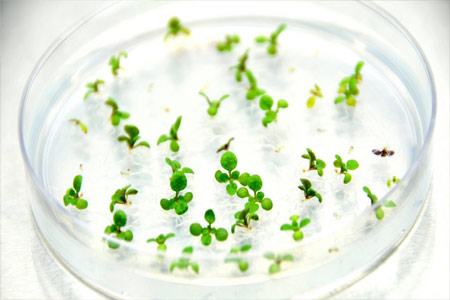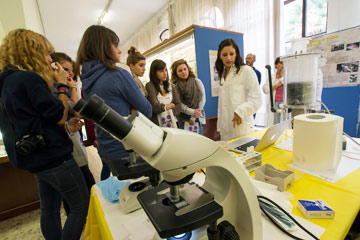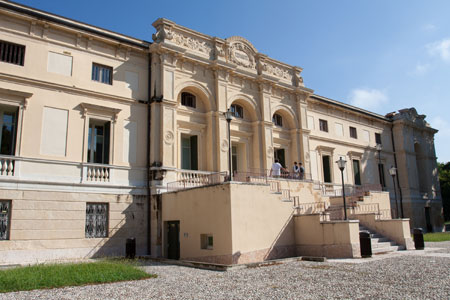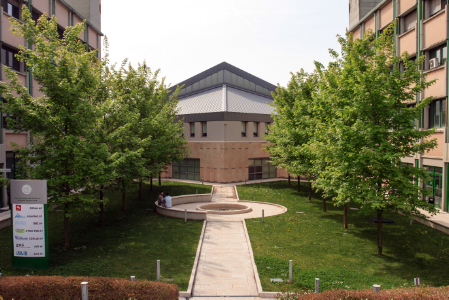Learning outcomes
Modulo: Theory-------
The student will approach the main issues of plant pathology, with basic concepts of pathogen biology, diagnosis, epidemiology and control.
The molecular mechanisms of plant-pathogen interactions will be treated in more detail, with particular emphasis on plant resistance to pathogens and inherent biotechnological innovations.
Modulo: Laboratory
-------
The laboratory course will provide theoretical and practical tools to approach a plant disease diagnosis, with both traditional and advanced techniques.
Syllabus
Modulo: Teory
-------
General concepts on plant disease; Descroption of the principal biotic plant pathogens (fungi, bacteria, phytoplasmas, viruses and viroids). Nutritional strategies and life cycle of plant pathogens. Symptom analysis and description.
Diagnosis of plant pathogens with traditional, molecular and serologucal techniques.
Basic concepts in epidemiology. Plant disease management and control.
Molecular mechanisms of pathogenicity and virulence.
Phytopathogenic fungi and preudo-fungi; general life cycle and virulence factors. Detailed life cycle for Plasmopara viticola, Erysiphe necator, Venturia inaequalis, Botrytis cinerea, Puccinia graminis.
Phytopathogenic bacteria: virulence factors, function of hrp and avr genes. Detailed life cycles for Erwinia amylovora, Pseudomonas syringae.
Phytopathogenic viruses: basic knowledge of replication, gene expression, assembly, movement of the viral particle into the infected plant. Detailed examples: Tobacco Mosaic Virus (TMV), Potato Virus Y (PVY). Viral transmission through vectors. Satellite viruses and satellite RNAs. Use of viruses as expression vectors. Basic knowledge of phytoplasma and viroid infection process and epidemiology.
Plant-pathogen interaction and plant resistance to disease. Molecular bases of host specificity. Non-host resistance and race-specific resistance.
Plant-pathogen recognition: the elicitor-receptor model and the guard model.
Structure, function and evolution of plant resistance genes.
Signal transduction in plant resistence: reactive oxygen species, nitric oxide, salycilic acid, jasmonate and ethylene, in plant defence.
Mechanisms of resistance: pathogenesis-related proteins, gene expression related to resistance. Post-transcriptional gene silencing as a resistance mechanism against viral pathogens.
Systemic resistance responses: Systemic Acquired Resistance (SAR); Induced Systemic Resistence (ISR); Systemic Wound Response.
Biotechnological approaches to breed resistant plants:
Transgenic expression of genes deriving from other plants, from other organisms and from the pathogen (pathogen derived resistance).
Modulo: Laboratory
-------
Osservazione di sintomi. Isolamento dei patogeni fungini e batterici in coltura artificiale; osservazione al microscopio ed identificazione di strutture fungine. Test di patogenicità di isolati batterici. Test di inoculo di piante indicatrici per la diagnosi virale. Test sierologici per l’identificazione di virus fitopatogeni: il metodo E.L.I.S.A. Applicazione della PCR alla diagnosi di fitopatogeni.







